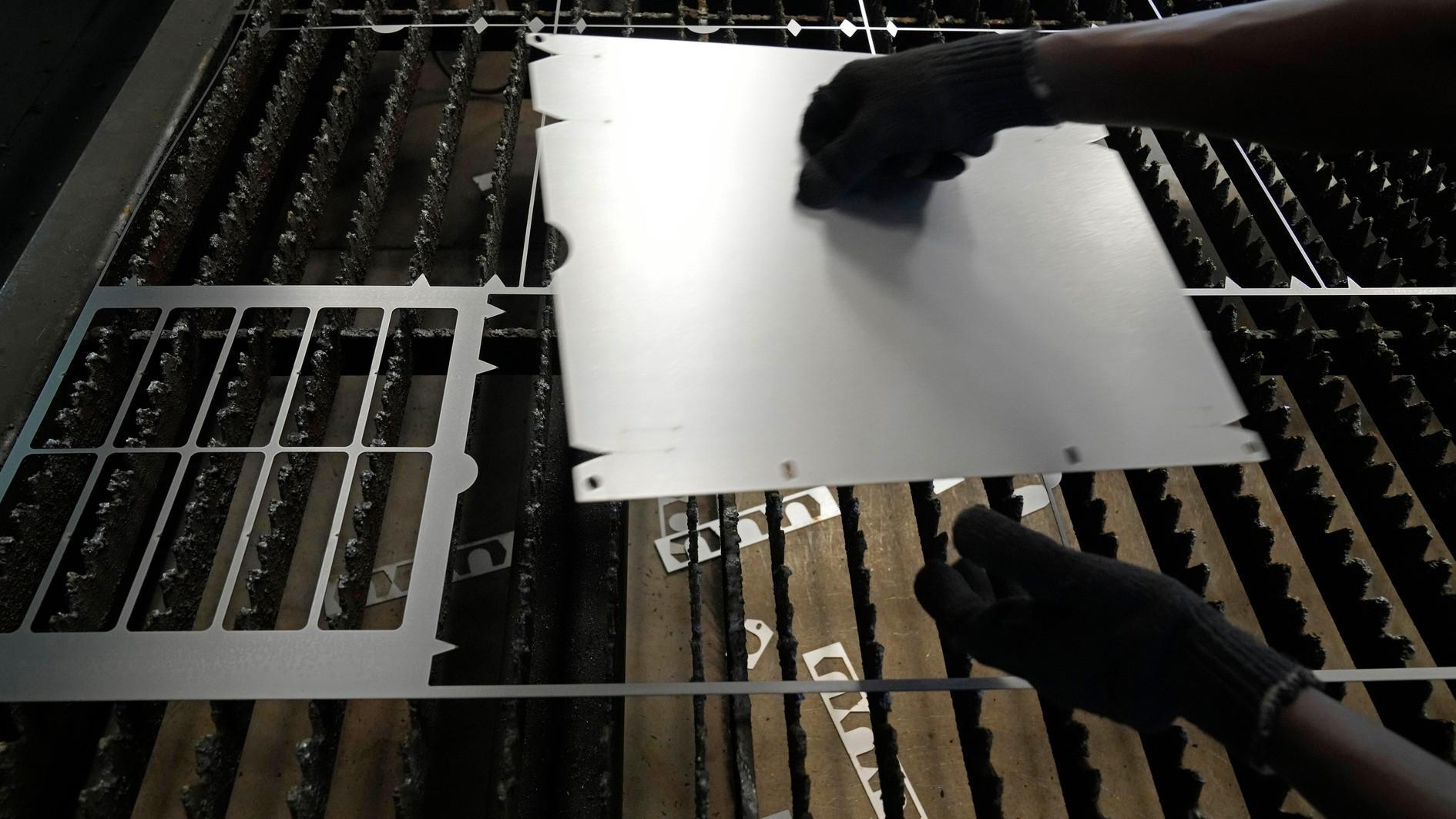
FILE - A worker lifts a steel sheet after cutting it in a specific design at a factory in a suburb of Bengaluru, India, Feb. 27, 2025. (AP Photo)
India's plans to massively expand coal-based steel and iron production threaten global efforts to reduce the sector's carbon emissions, a key contributor to climate change, a report said Tuesday.
The sector accounts for 11 percent of global carbon dioxide emissions, and India aims to double production by 2030.
Switching from coal-dependent blast furnaces to electric arc furnaces (EAFs) could reduce that figure.
EAF production is projected to make up 36 percent of the sector by 2030, but that falls short of the 37 percent the International Energy Agency (IEA) says is needed to stay on track for net-zero by 2050.
China currently dominates global steel production, but its sector is stagnant.
Meanwhile India, which targets carbon neutrality only by 2070, plans to massively expand domestic capacity.
And the majority of India's announced steel development plans involve higher-emissions blast furnace production, in a country whose steel industry is already the world's most carbon intensive.
However, there is a growing gap between India's steel capacity plans and actual developments on the ground, the Global Energy Monitor (GEM) think tank said.
Just 12 percent of its announced new capacity has come online since the country released its 2017 National Steel Policy.
The comparable figure for China is 80 percent, GEM said.
"That suggests India's "ambitious growth plans are more talk than action thus far," the group added.